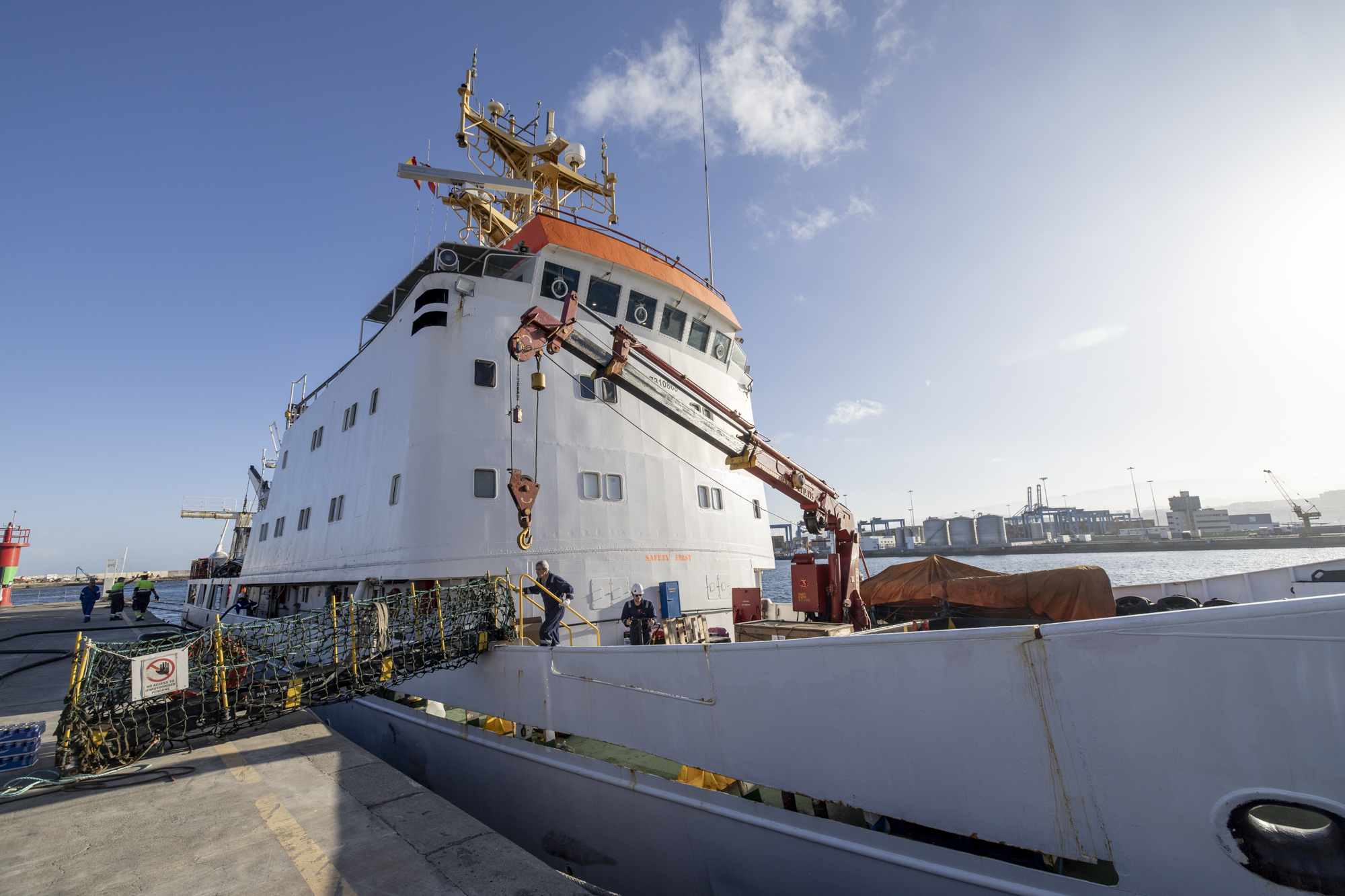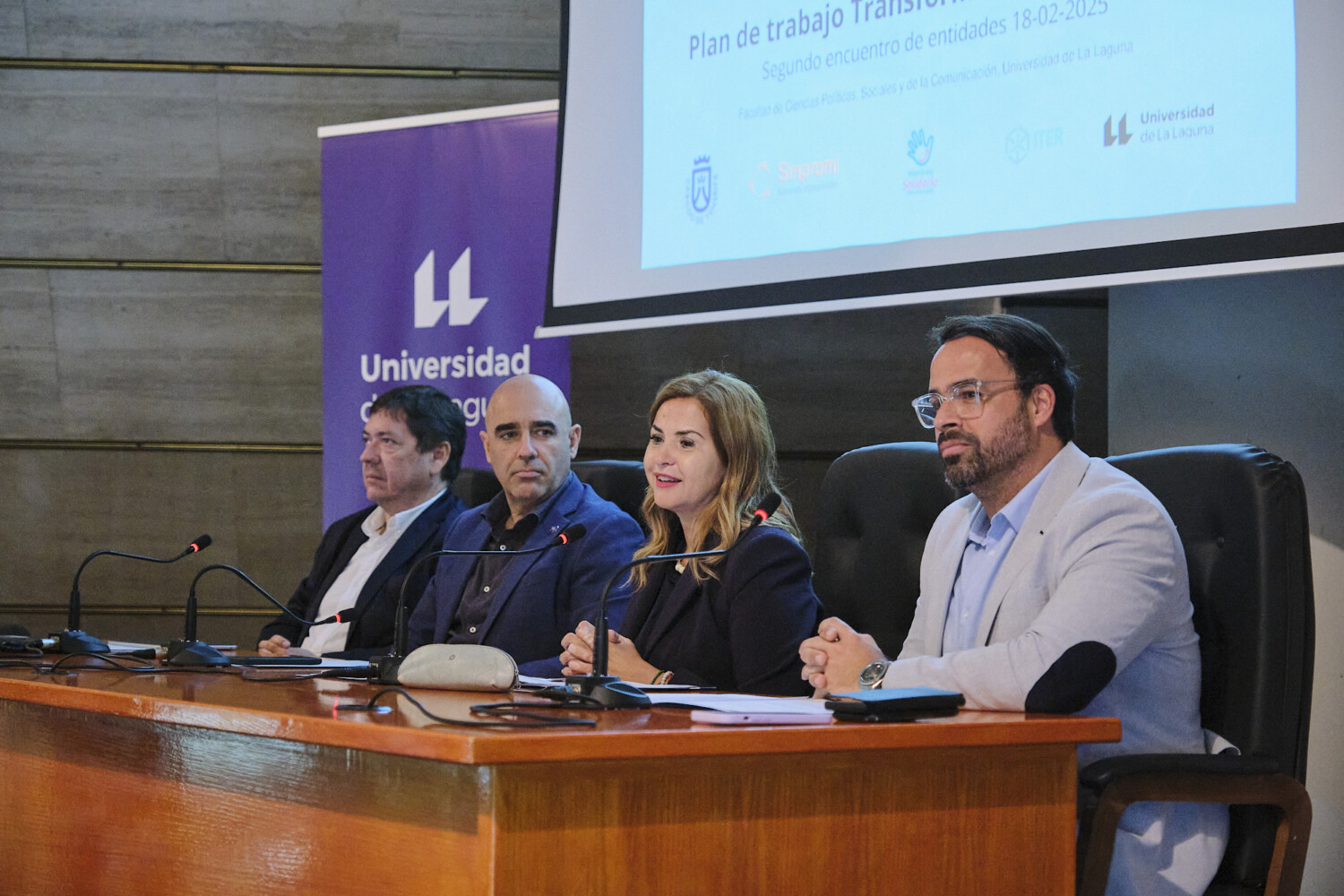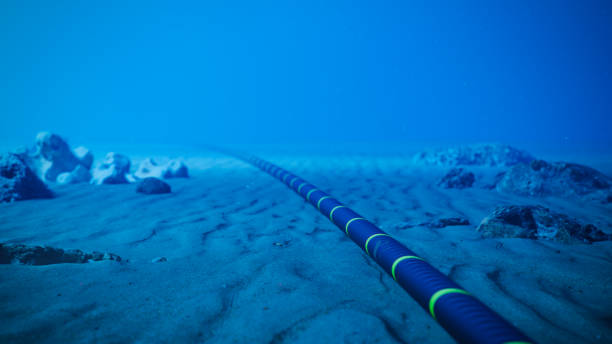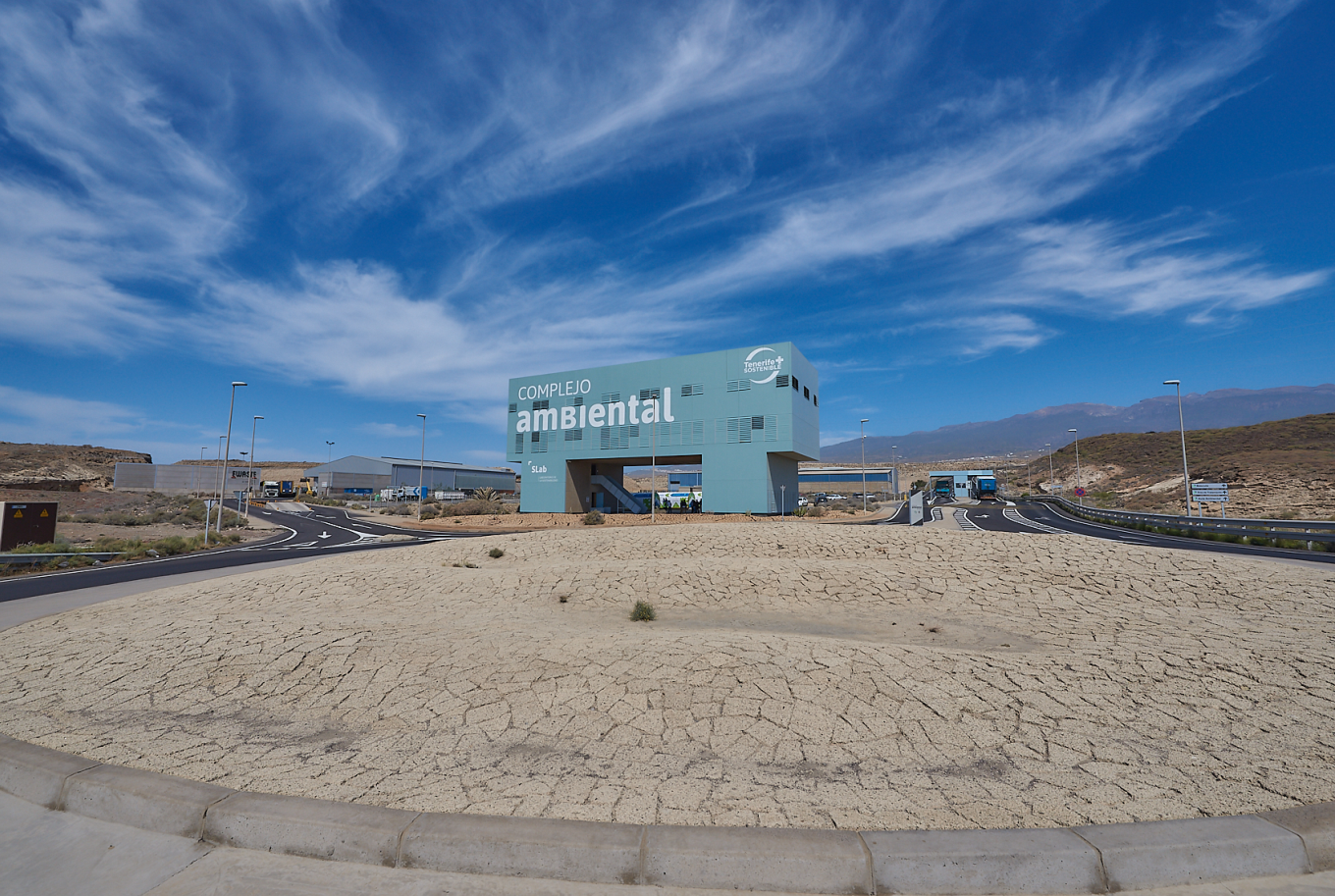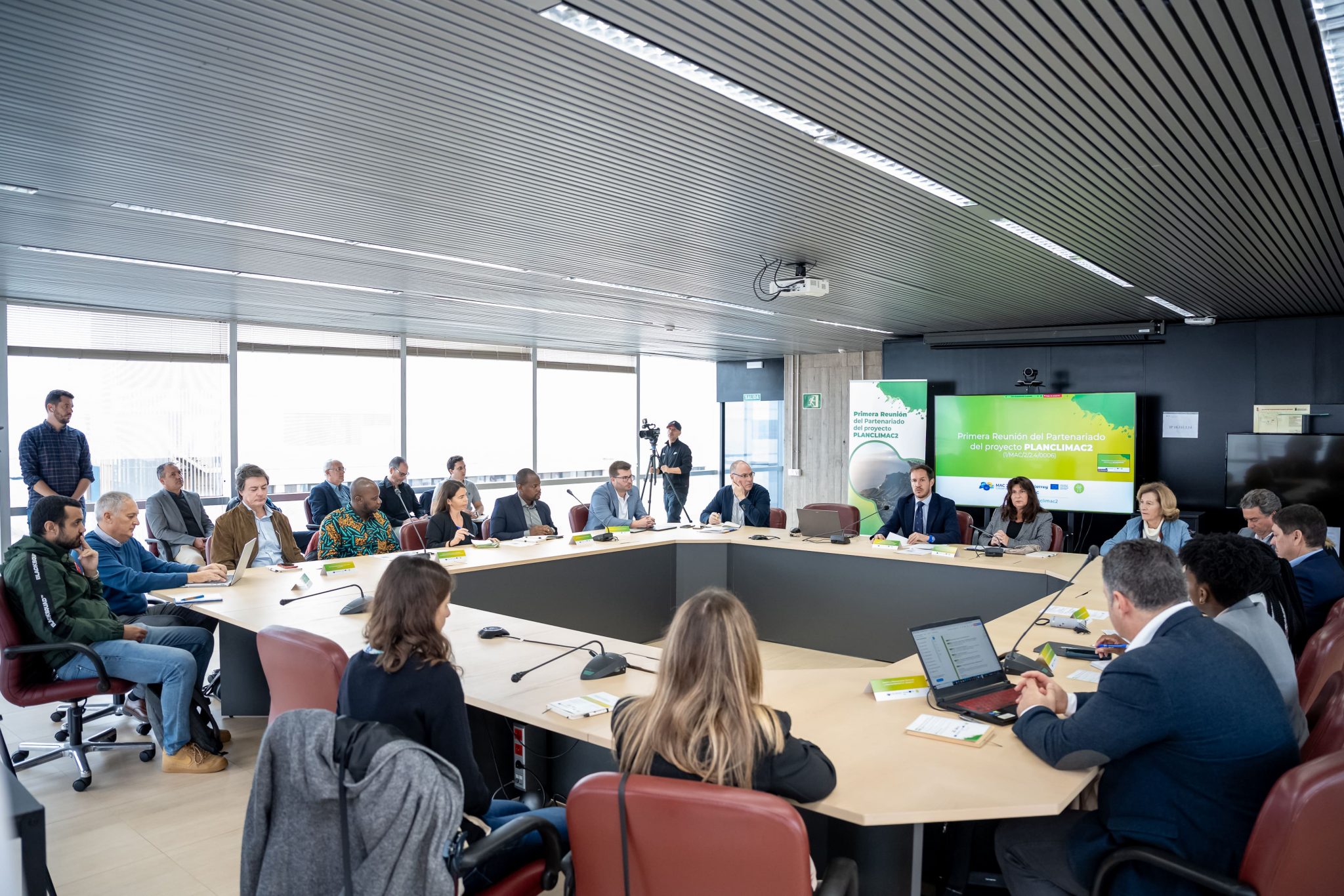The project will create a key infrastructure for the digital connectivity of the islands.
CanaLink, a company dependent on the Cabildo de Tenerife through the Instituto Tecnológico de Energías Renovables (ITER), has started the route soundings of the future submarine cable system that will link Gran Canaria, Lanzarote and Fuerteventura. The works have been awarded to the specialized companies Elettra and Geoteam.
The feasibility studies, carried out by the Explora ship, have begun on the coast of Fuerteventura and will allow to obtain data that will adjust the route in a more efficient and respectful way with the marine ecosystem, reduce installation costs and increase the robustness of the system, thus allowing to reduce maintenance costs in the long term.
In this regard, it is worth mentioning the presence of marine mammal observers on the vessel, who will ensure at all times that there is no impact on the activity of these animals during the development of this work.
For the Councilor for Research, Development and Innovation of the Cabildo of Tenerife, Juan José Martínez, the start of these surveys marks a turning point in the digital infrastructure in the Canary Islands. “These feasibility studies and the subsequent deployment of the submarine cable system will make it possible to make a qualitative leap in connectivity on the islands and boost the digital economy of the archipelago,” he said.
This stage of the project will last approximately 2 months and the work to be carried out by the Explora drillship will be joined by shallow water work in the cable landing zones, to be carried out by shallower vessels and complemented by diver dives.
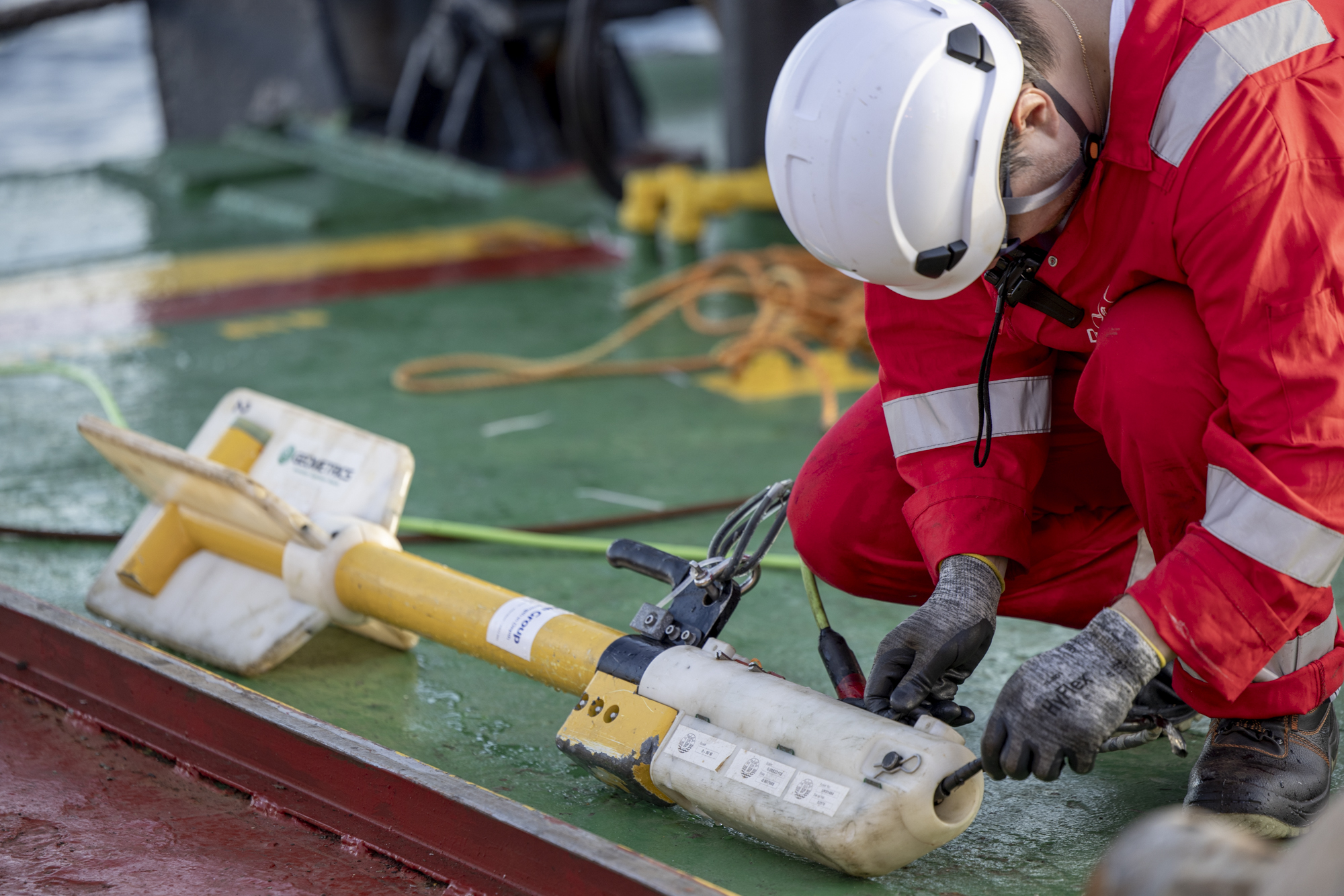
An infrastructure that improves data transmission capacity between islands
The GC-LNZ-FU Ring project is part of the European Union’s Connecting Europe Facility (CEF) program and will enable the implementation of two submarine cables that will increase and improve the connectivity of the eastern islands, whose existing cables are nearing the end of their lives, providing greater data transmission capacity and speed over a useful life of approximately 25 years.
The first of these will link the northern coast of Gran Canaria with the municipality of Corralejo, in the north of Fuerteventura, as well as with the town of Playa Blanca, in the south of Lanzarote. The second submarine cable will run along the southern route, linking Puerto del Rosario and Arrecife. Both installations will be equipped with bifurcation units (BU) and will make the system more robust in the event of possible outages.
ITER’s technical director, Carlos Suárez, highlights the importance of this infrastructure for the Islands. “The awarding of this contract marks a fundamental milestone for the connectivity and technological development of the Canary Islands. At CanaLink, we believe that improving telecommunications infrastructure is a strategic necessity for any territory, especially if, as in the case of the Canary Islands, it is an isolated territory completely surrounded by the sea. This project will provide the Islands with a more robust, reliable and resilient connectivity, which is essential to boost the digital economy and strengthen the technological activities of the Archipelago”, he says.
About CanaLink:
CanaLink is a reference company in the submarine telecommunications sector at national and international level, providing services to operators such as Vodafone, Masorange, and Maroc Telecom, among others. Dependent on the Cabildo Insular de Tenerife, the company’s objective is to connect the Canary Islands with the world, through new technologies and connectivity solutions tailored to each client.
Find out more about Canalink and its projects on its web page: https: //www.canalink.tel/


